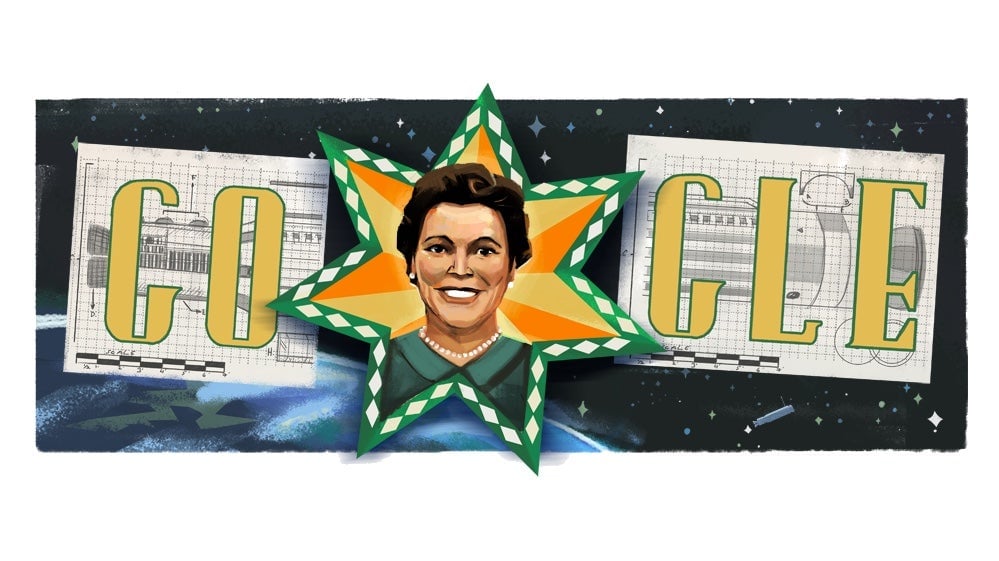The pioneering Native American woman who designed paths to other planets
Mary G. Ross didn’t let any kind of orthodoxy imprison her. The first female engineer and the first Native American engineer to work at Lockheed Martin, she was also among the first with a hankering to work on interplanetary space travel.


Mary G. Ross didn’t let any kind of orthodoxy imprison her. The first female engineer and the first Native American engineer to work at Lockheed Martin, she was also among the first with a hankering to work on interplanetary space travel.
In 1942, she said, that kind of thing made people question your credibility. Today, it gets you honored with a Google Doodle on the 110th anniversary of your birth.
The great granddaughter of John Ross, a 19th-century Cherokee Nation chief, Mary Golda Ross was born in 1908, in Oklahoma. Three decades later—after stints teaching science and math during the Great Depression, and an astronomy-focused master’s degree—she was hired as a mathematician at Lockheed, where she worked with engineers on research that would spawn the space race.
But, of course, her genius had no bounds. The company trained her to become one of the 40 engineers working within its top-secret Skunk Works think thank, which would collaborate closely with NASA. She and her team were among the very first to contemplate just how humans could extend their reach beyond Earth, developing concepts for space travel, unmanned missions and orbiting satellites. (The term “skunkworks” has now entered the lexicon, referring to small teams established to solve radical problems.)
Most of Ross’s work remains classified. We know that she was intimately involved with NASA’s first-ever planetary flight handbook, and developed the earliest theories on Mars and Venus fly-bys.
By the time she was 96, she had been acknowledged as one of America’s most prominent space-age scientists. In 2004, though she had never emphasized her Cherokee heritage, she recognized the significance of the Smithsonian opening its National Museum of the American Indian. Wearing a green calico ancestral dress, she joined in an opening procession of 25,000 Native people.
Ross left more than $400,000 to the museum when she died in 2008, just a few months shy of her 100th birthday. “She was just one of the guys,” one of her colleagues at Lockheed said then. “She was as smart as the rest of them and she held her own.”